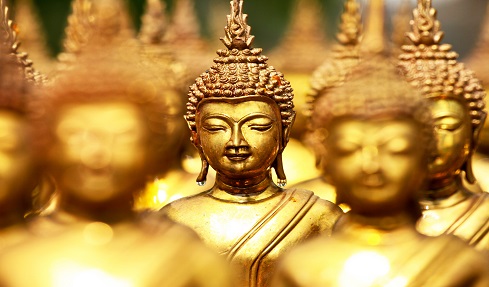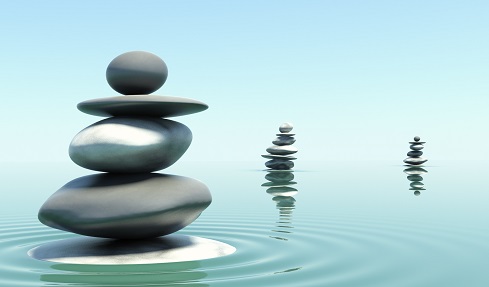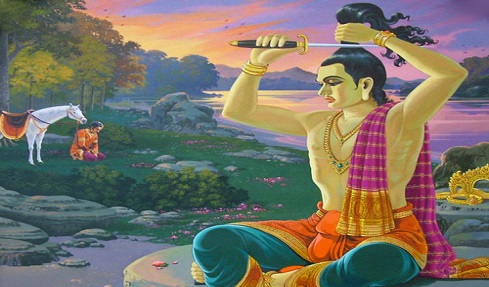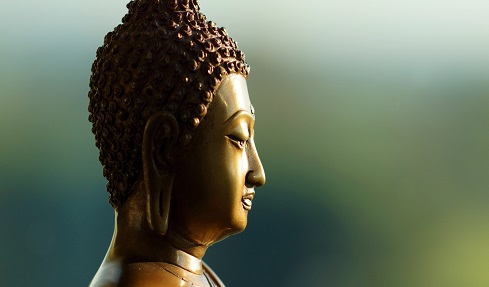The nearest symptoms indicate a person will die in a couple of hours or less than 20 hours after such signs appear. For example, when eyes can still see but the vision is blurring; ears can hear but the sound is faint, as if it comes from very far away. When these happen, one should know that death is already very near.
But when a distant symptom is recognized, one cannot just use Phowa practice to reach death directly as it would amount to killing a life. What should be done is to engage in Amitayus long life practice to turn away death temporarily.
~ Depicted from THE HANDBOOK FOR LIFE'S JOURNEY : On Death and Rebirth - How to Face Death











